
Dr.Huda Yasir M.Sc.
Conservative Department
CARIES MANAGEMENT BY
MODIFYING BIOFILM
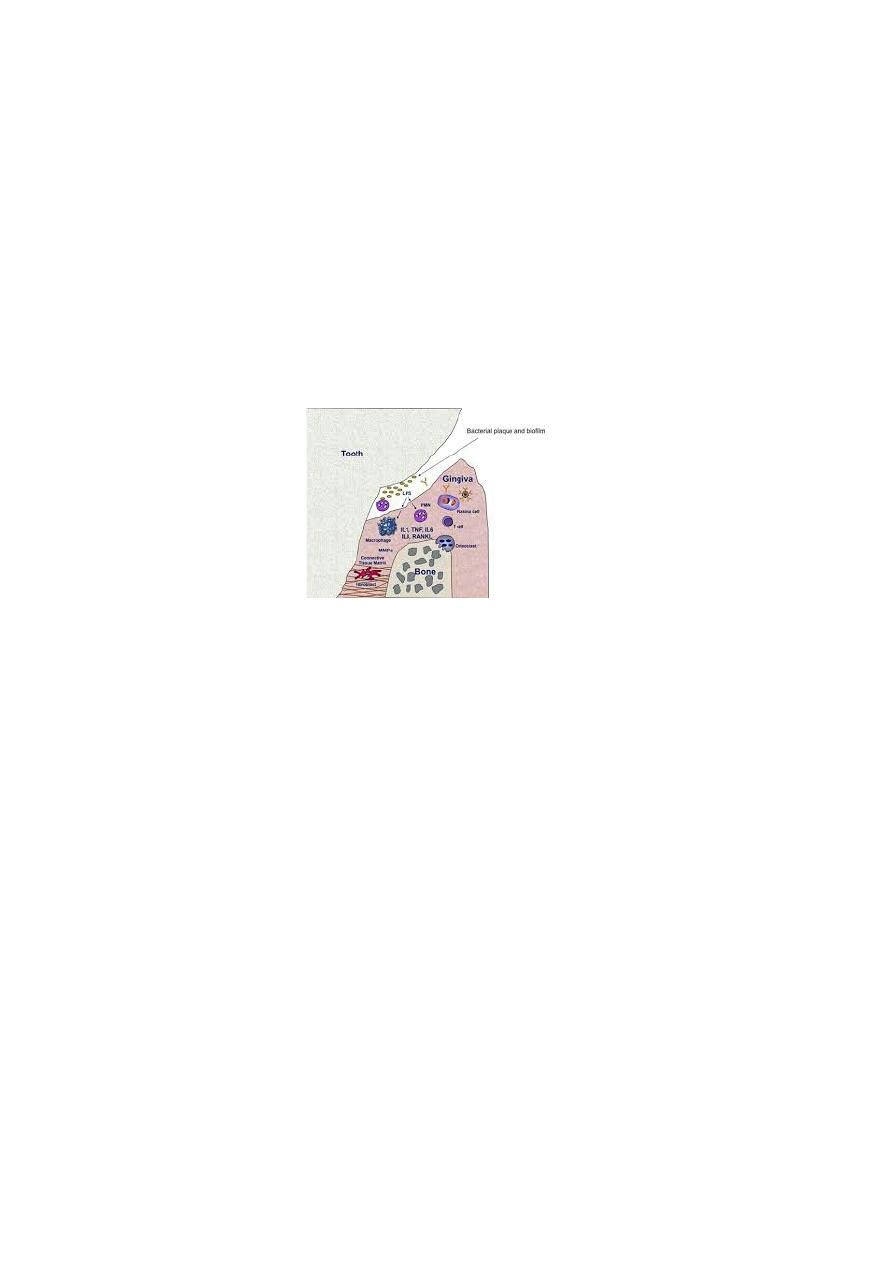
BIOFILM
•
General microbial biofilms are defined as
communities of microbes associated with
any surface ,In dentistry the surface can be
any tooth tissue (enamel, dentin) or dental
material
•
Dental plaque is a complex oral biofilm.
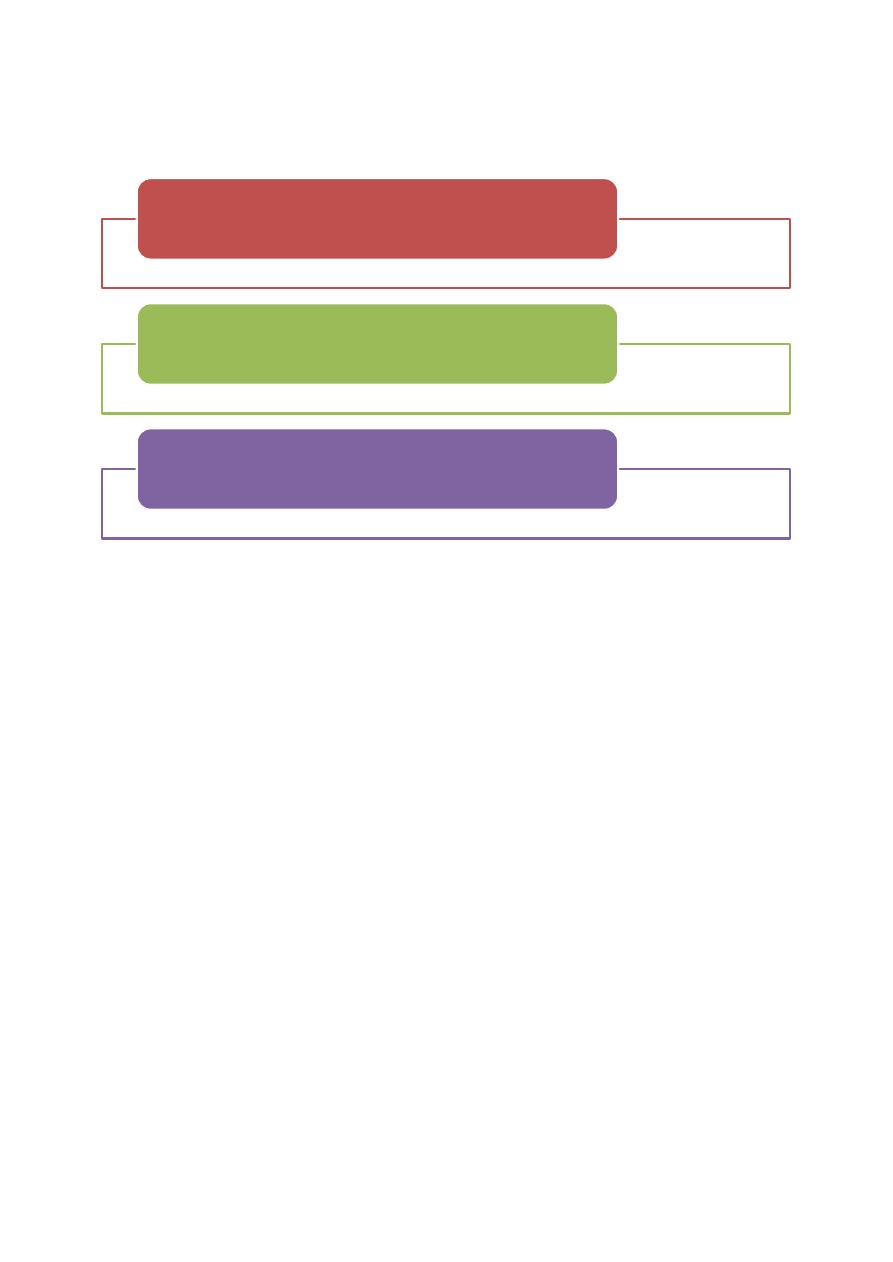
CARIES MANAGEMENT BY
MODIFYING BIOFILM
1.Mechanical Biofilm Control
2.Chemical Biofilm Control
3.Biological Biofilm Control

1.Mechanical Biofilm Control
A. Self-Applied
Mechanical Biofilm
Control
• Tooth brushing
• Interdental Hygiene
B. Professional
Mechanical Biofilm
Control
• Professional Tooth
Cleaning
• Fluoride application
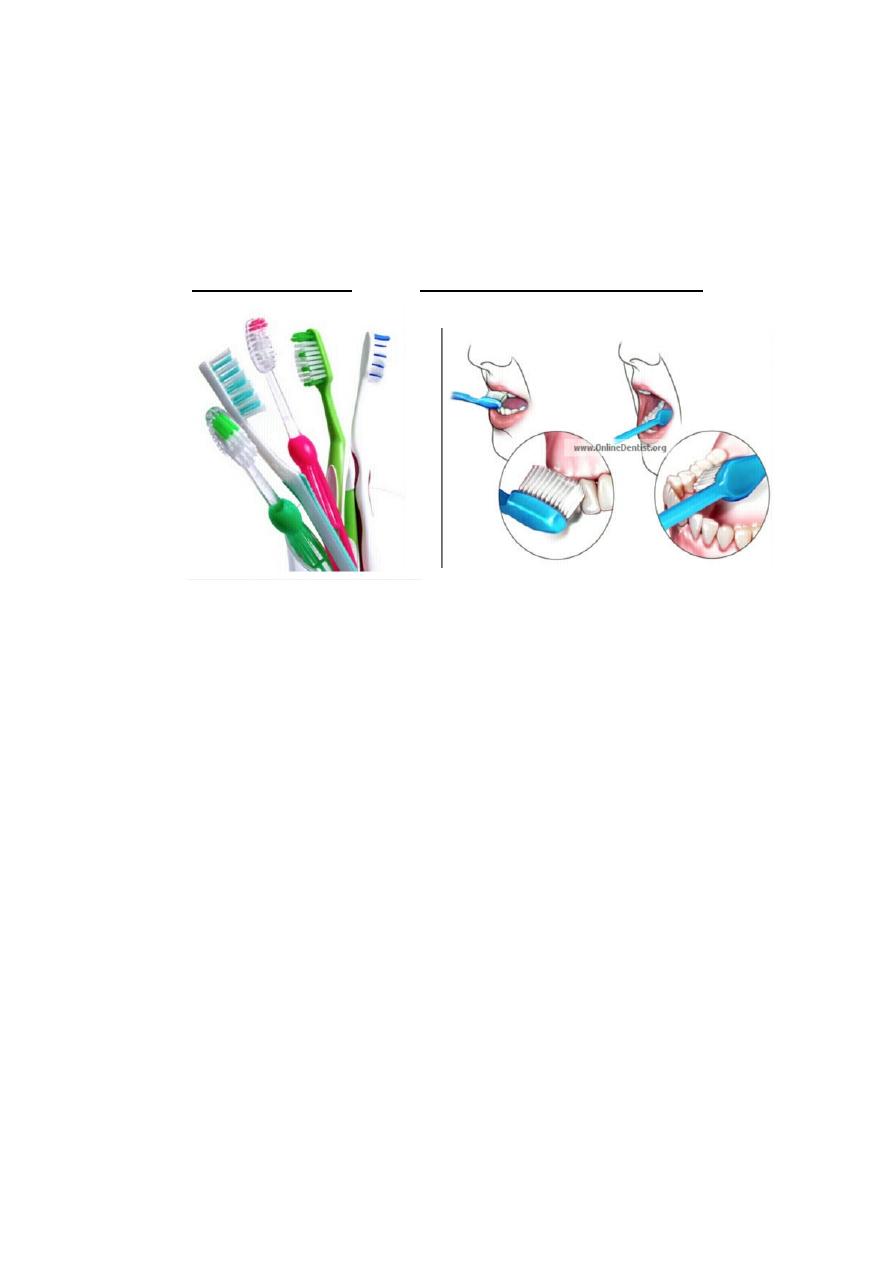
A. SELF-APPLIED MECHANICAL
BIOFILM CONTROL
Tooth Brushing:
•
The efficacy of plaque removal depends on
the toothbrush and brushing technique used.
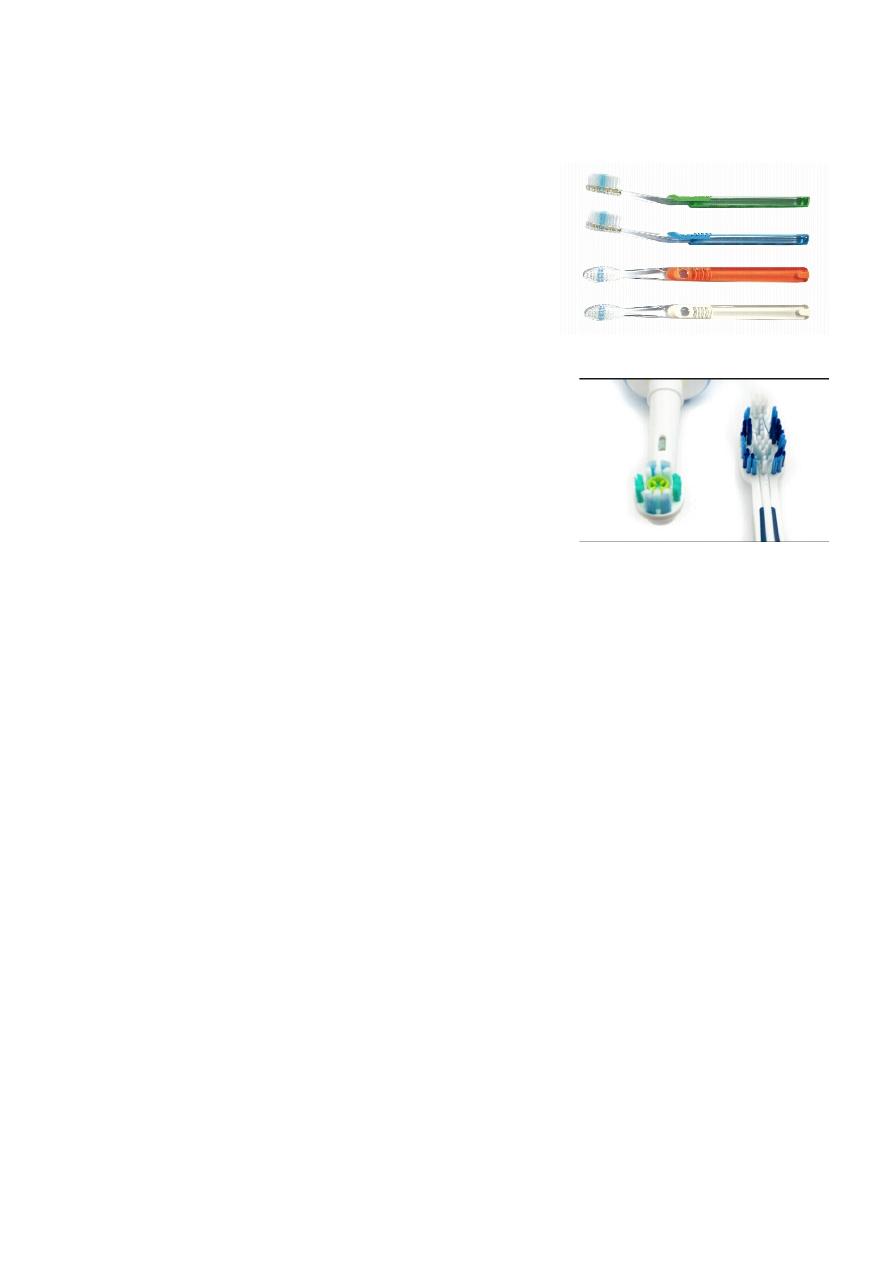
THE CHARACTERISTICS OF A GOOD
TOOTHBRUSH
1.
Should have a head that is
small enough and correctly
angled to reach all the teeth.
2.
Should be multi-tufted, and
have a medium/soft texture.
Hard bristles/brushes can damage
teeth and gums, and are not
recommended.

THE CHARACTERISTICS OF A GOOD
TOOTHBRUSH
3.
The bristles should be made of nylon, and
their ends need to be rounded.
Bristles made from synthetic rather than
natural materials, are preferable for hygienic
reasons. Natural bristles may be porous and
likely to absorb bacteria.
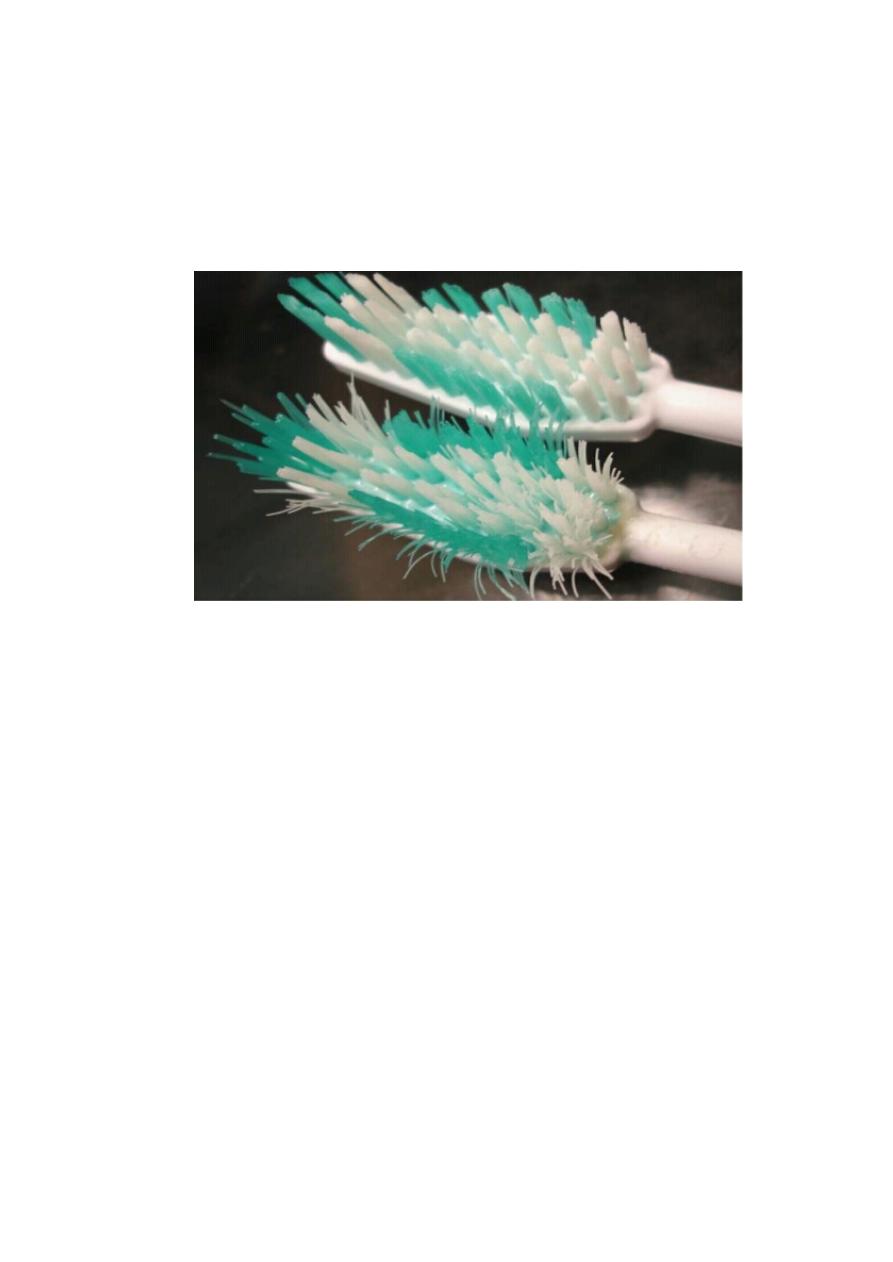
•
The toothbrush should be changed at the
first sign of wear.
•
It is recommended to change the toothbrush
every 4 to 6 months.

Tooth brushing: How Often,
When, and How Long?
•
How Often?
It is widely recommended to brush the teeth at
least twice daily.
•
When?
It is often recommended to brush the teeth
directly after meals and especially before
going to bed
•
How long?
At least for 2 minutes

BRUSHING TECHNIQUES
•
Modified Bass technique
•
Modified Stillman technique
•
Fones technique
•
Charters technique
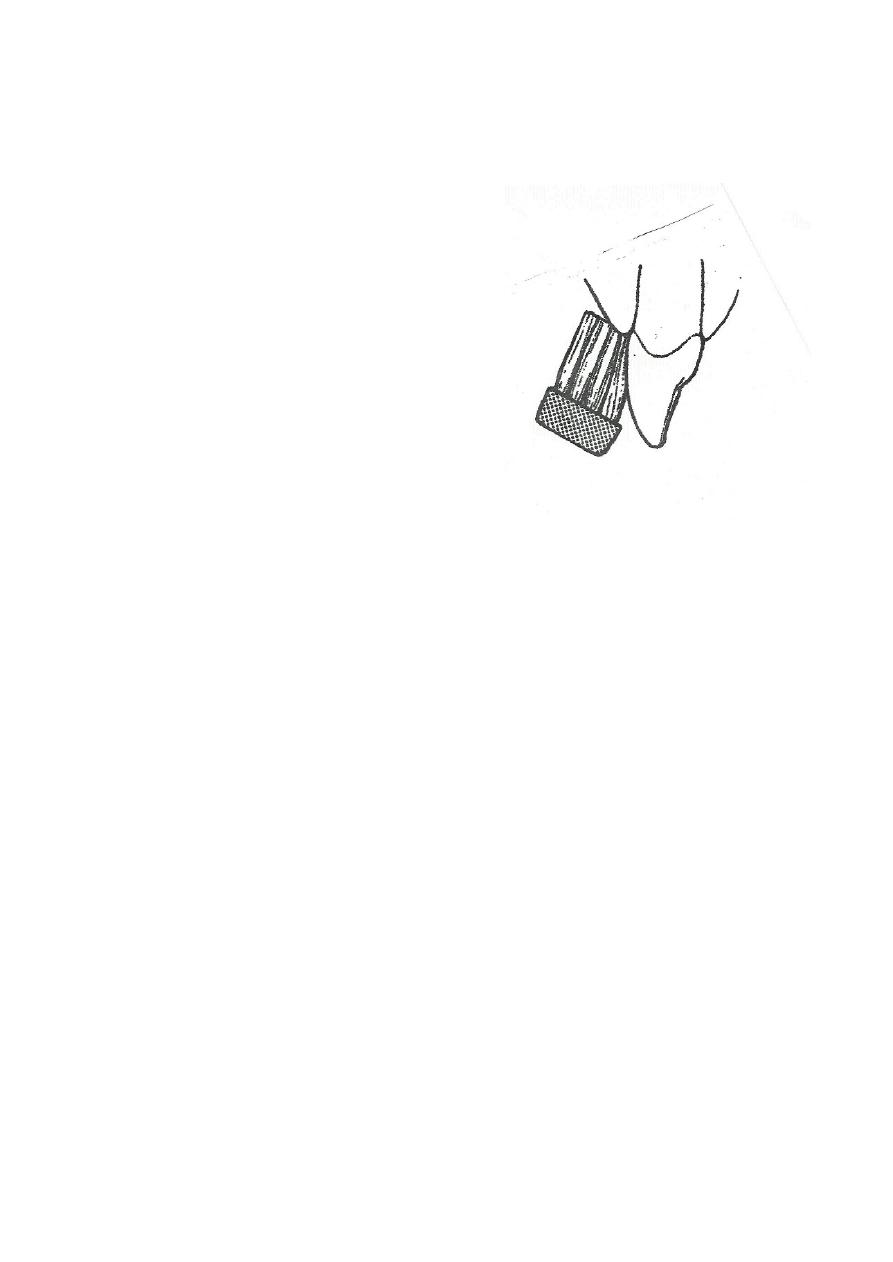
BRUSHING TECHNIQUES
Modified Bass technique
• The filaments point
toward into the gingival
sulcus at 45° angle
• Short vibratory or
circular movement while
brushing forward and
backward for the count
of ten, then roll it over
the tooth surface
•
Reposition on the next

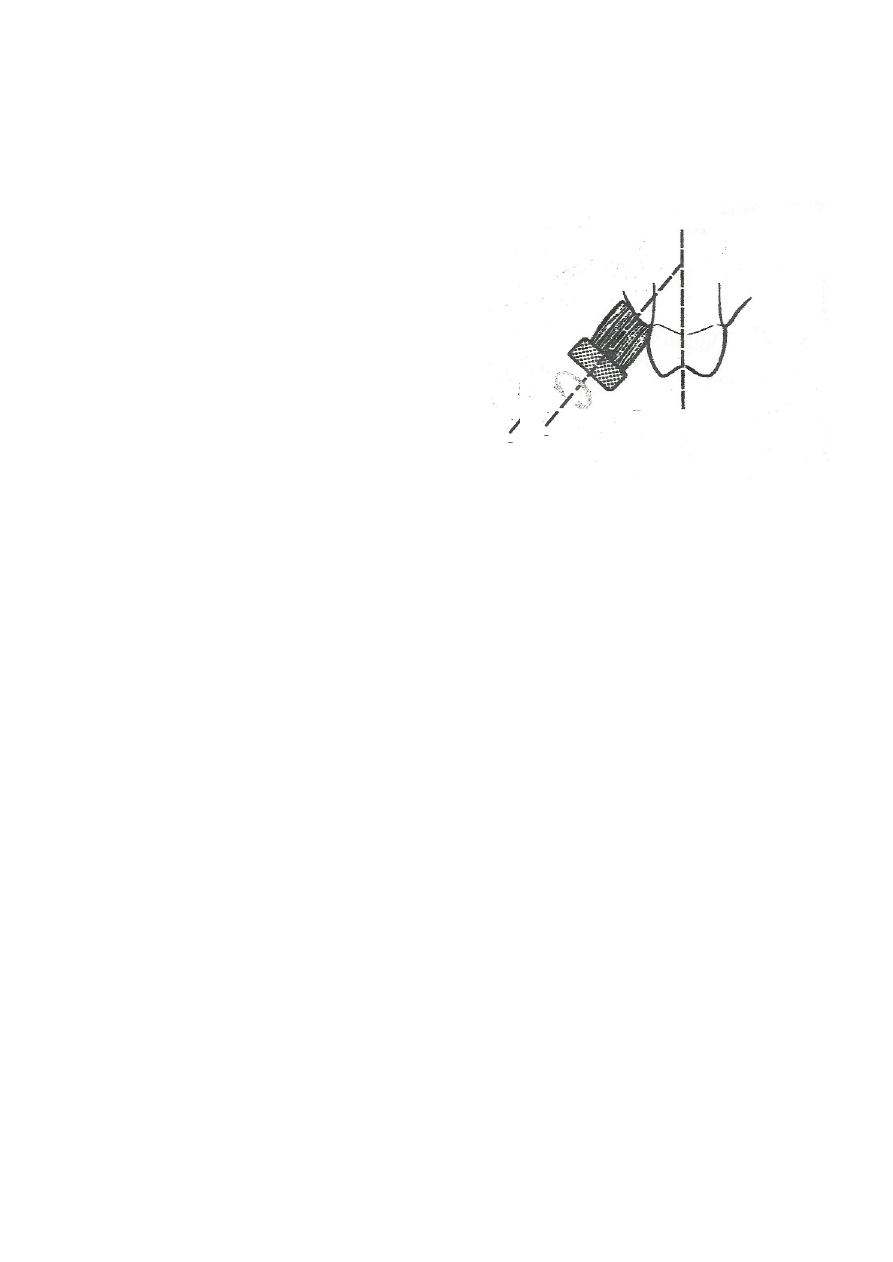
BRUSHING TECHNIQUES
Modified Stillman
technique
•
The filaments point
are placed half in the
sulcus and half on
the gingiva at 45°
angle
• Twisting of the brush (
~ 45°) and proceeding
to vibrate and roll
against each tooth
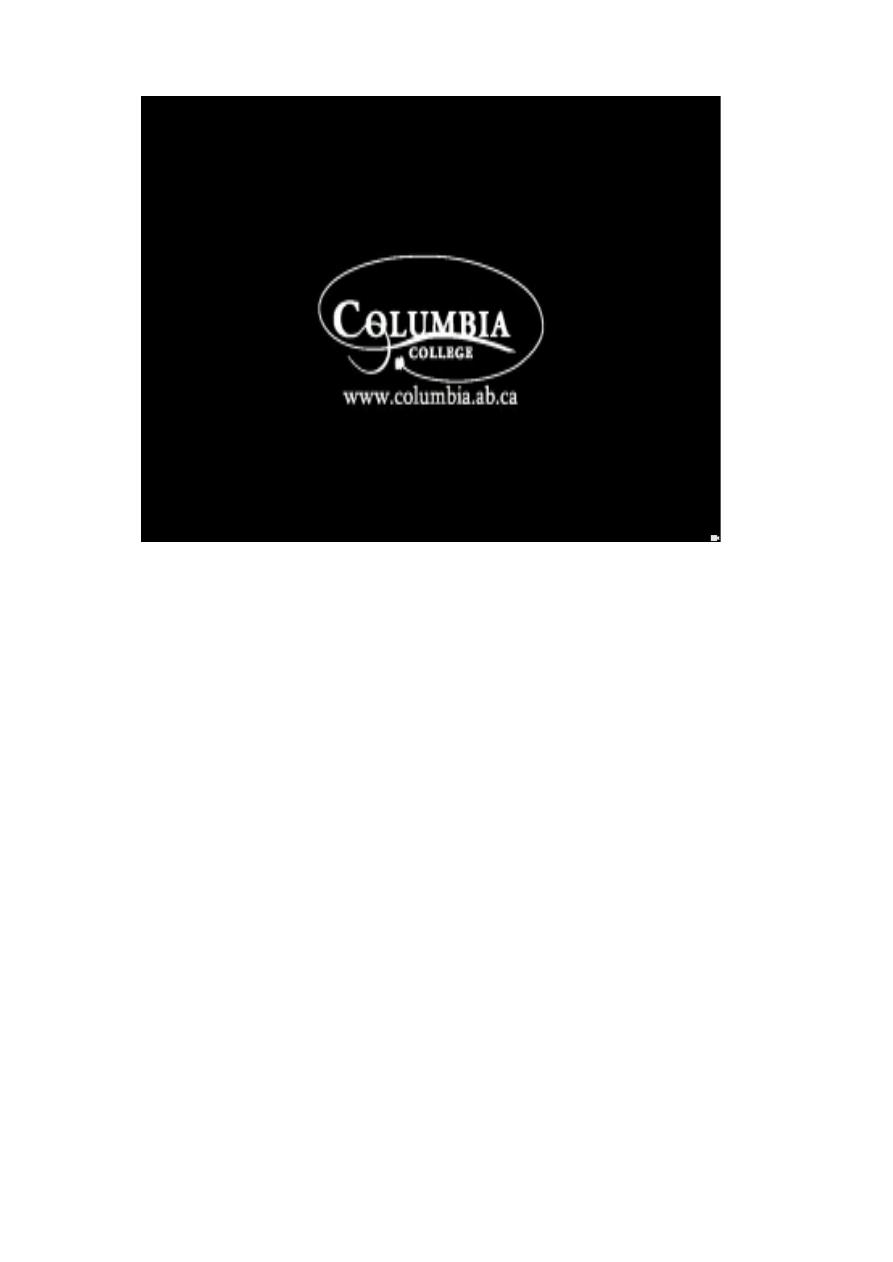
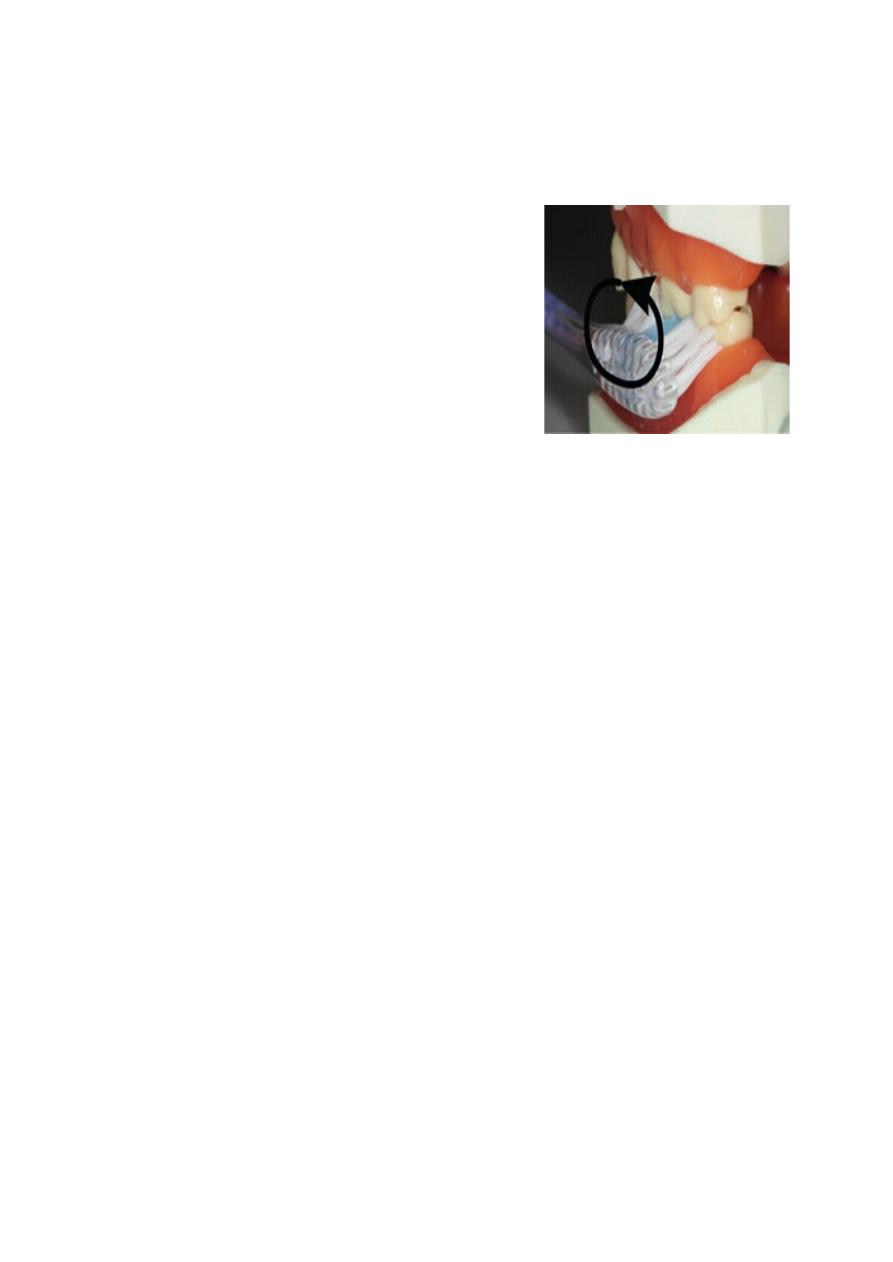
BRUSHING TECHNIQUES
Fones technique
• The brush is placed
perpendicular to
teeth
• Large circular motion of
brush over occluded teeth to
simultaneously cover both
upper and lower teeth
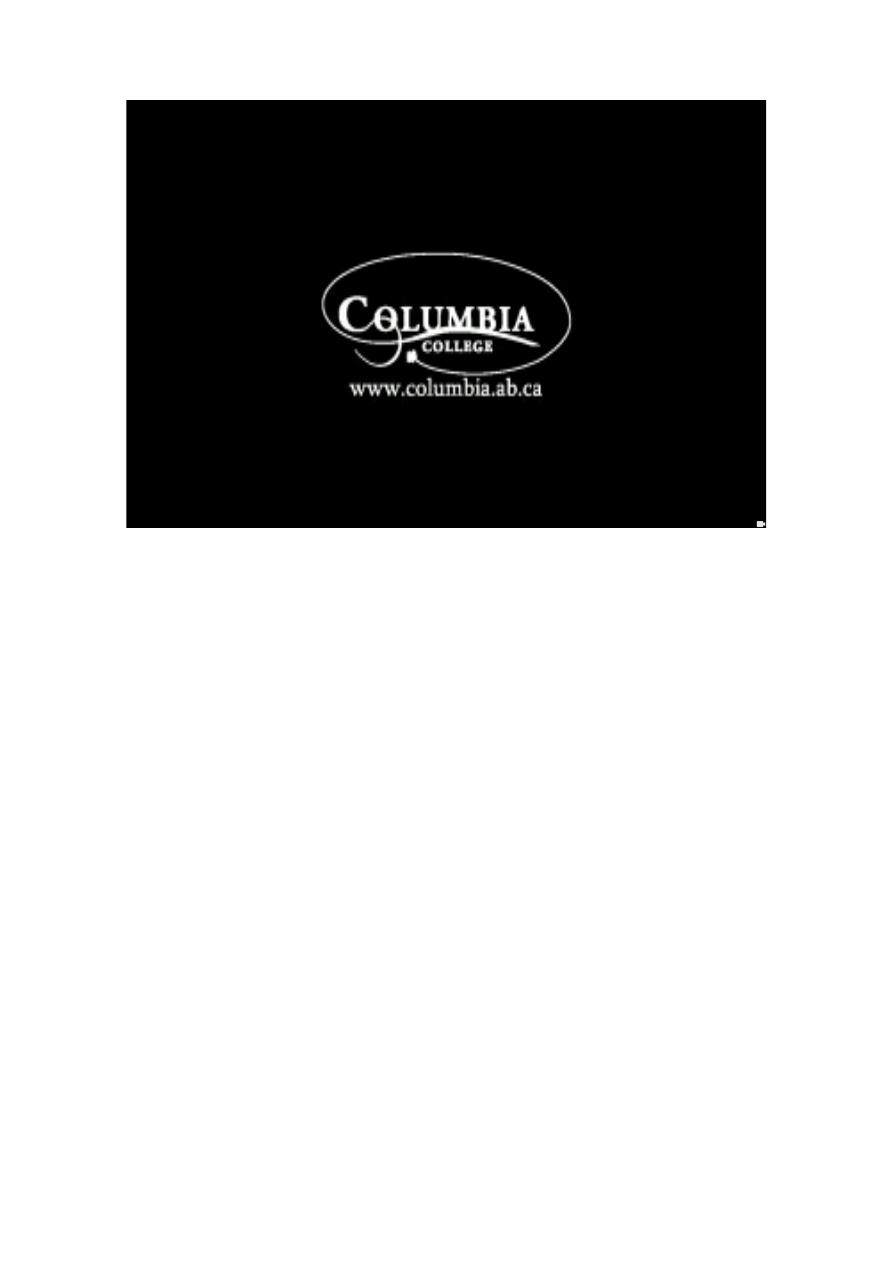
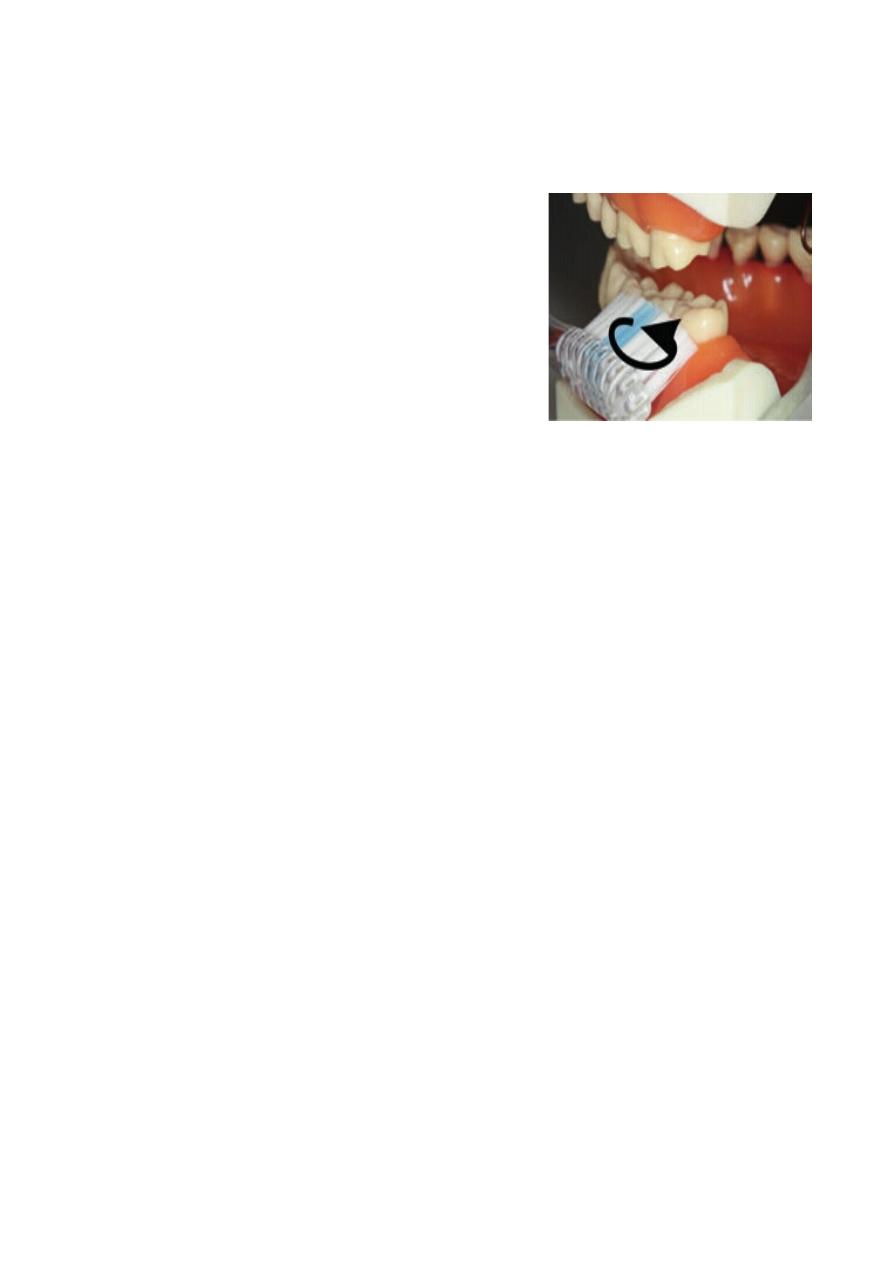
BRUSHING TECHNIQUES
•
Charters technique
•
The filaments point
toward occlusal at
45°angle with half the
bristles of the brush over
the gingiva and half over
the crown.
• Vibratory movement along
with a circular motion

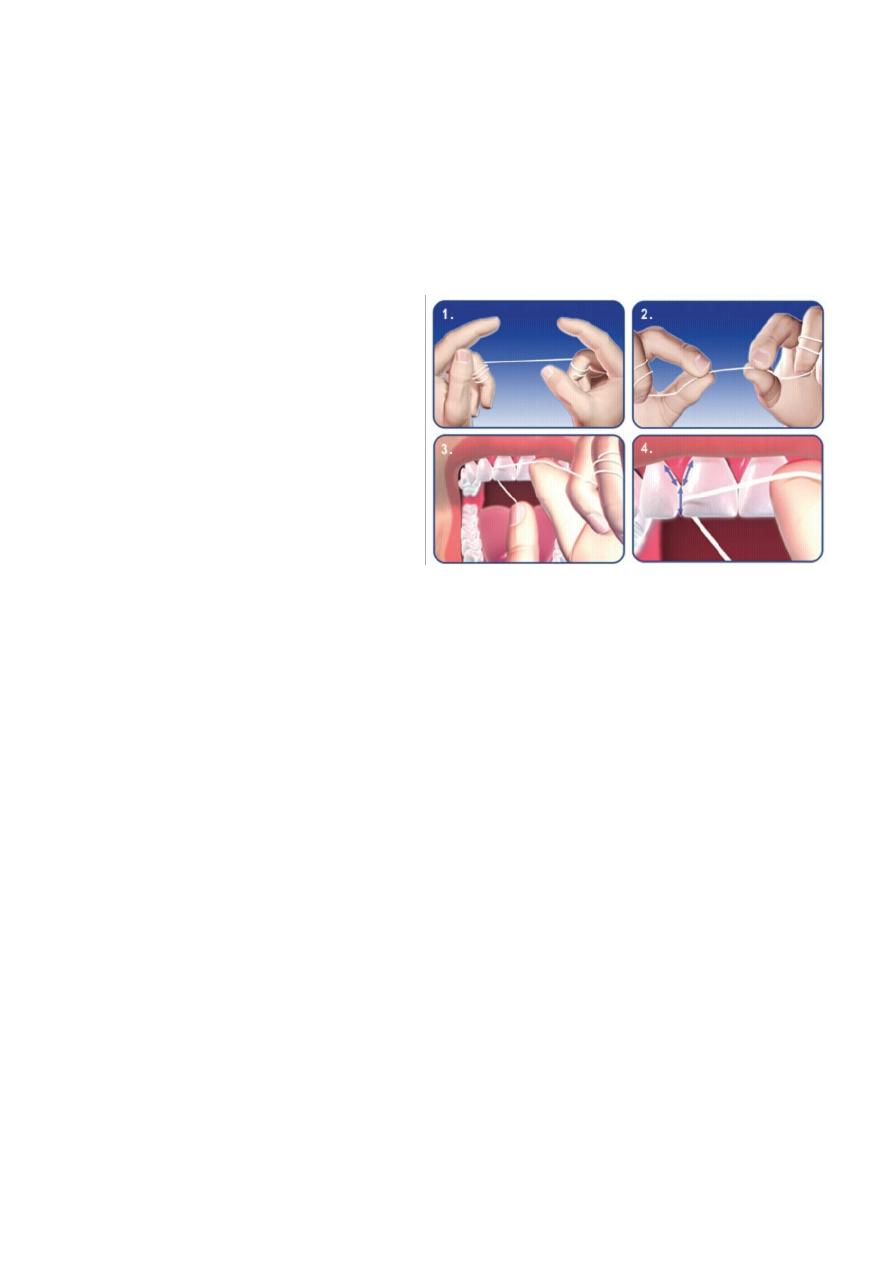
A. SELF-APPLIED MECHANICAL
BIOFILM CONTROL
Interdental Hygiene
Tooth brushing is usually not capable to
remove interproximal plaque because
the bristles may not penetrate the
interdental areas.
Flossing
Therefore, it is often
recommended that
patients should clean
their interdental spaces
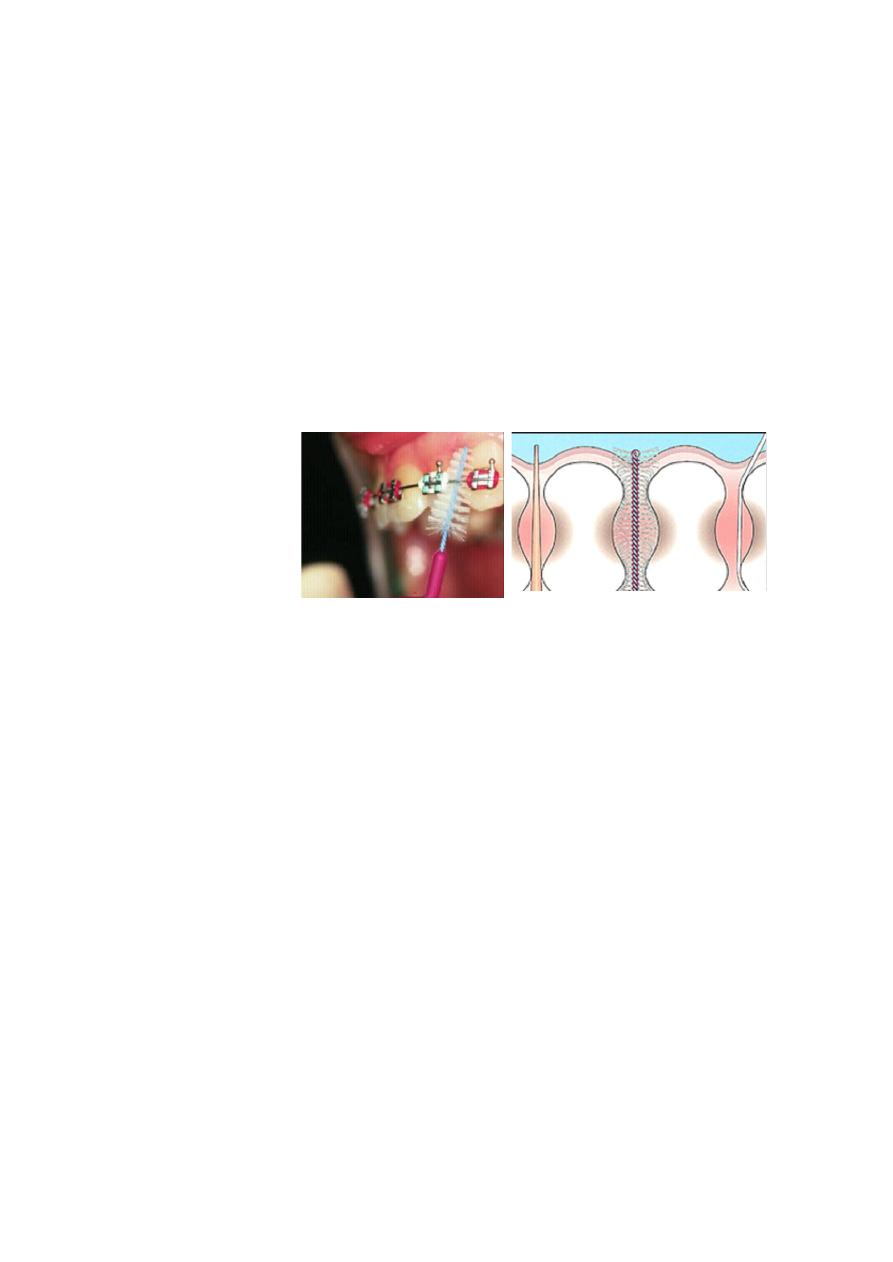
Interdental Hygiene
Interdental Brushes and Dental Sticks
•
Dental sticks are popular in elderly patients,
to clean interdental areas of food deposits
after meals.
•
Dental sticks should not be recommended as
a substitute for dental floss or interdental
brushes.

B. PROFESSIONAL TOOTH
CLEANING
•
People routinely clean their own teeth by
brushing and interdental cleaning, but dental
hygienists can remove hardened deposits
(tartar) not removed by routine cleaning.
•
Regular, frequent professional tooth
cleaning, especially in conjunction with oral
hygiene instructions and fluoride
application, is costly but highly efficacious in
preventing caries.

2.Chemical Biofilm Control
•
Chlorhexidine chx
•
Essential Oil (Listerine)
•
Sodium Lauryl Sulfate
•
Metal Ions
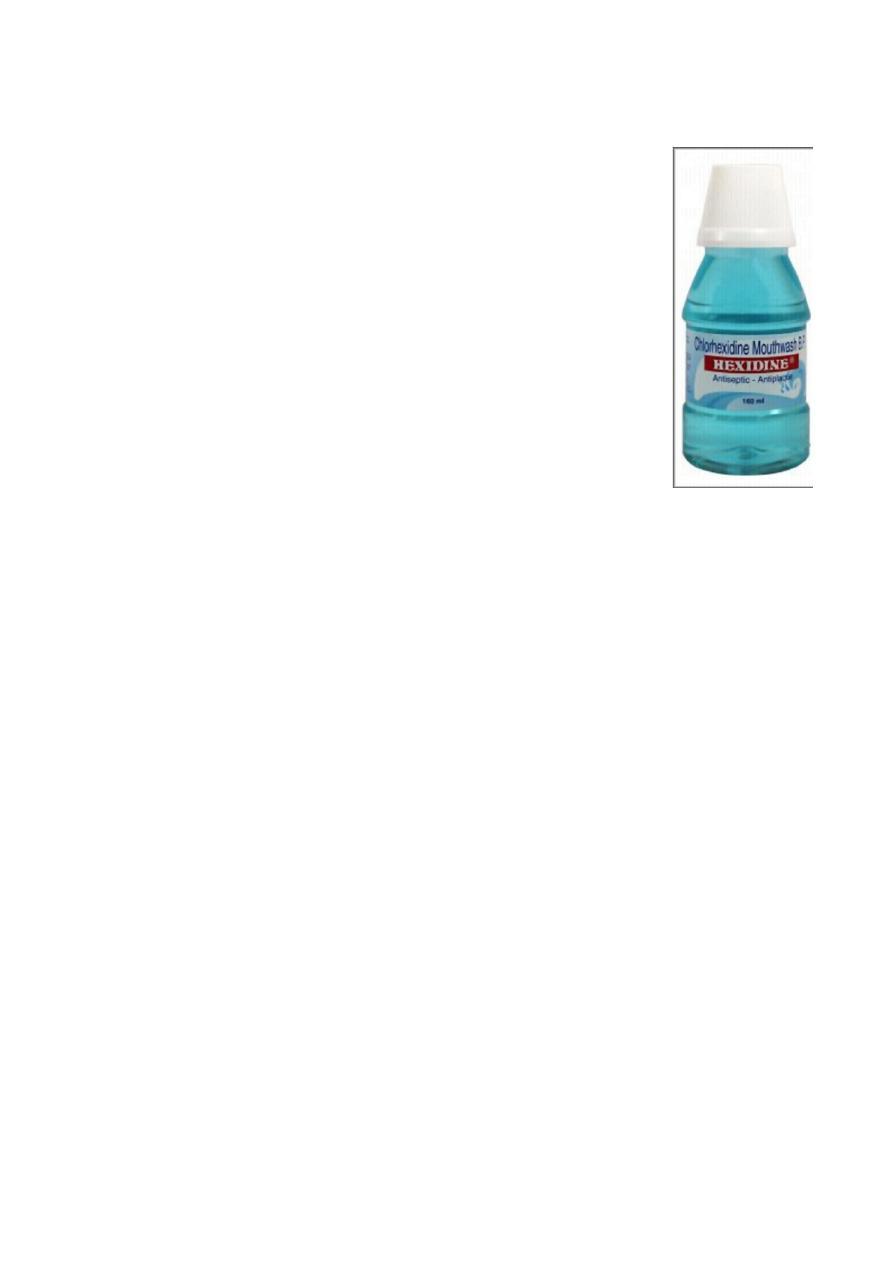
2.Chemical Biofilm Control
•
CHLORHEXIDINE CHX
is often used as an active ingredient
in mouthwash designed to reduce dental
plaque and oral bacteria.
It has been shown to have
① Immediate bactericidal action
② Prolonged bacteriostatic action due
to adsorption onto the pellicle-coated
enamel surface
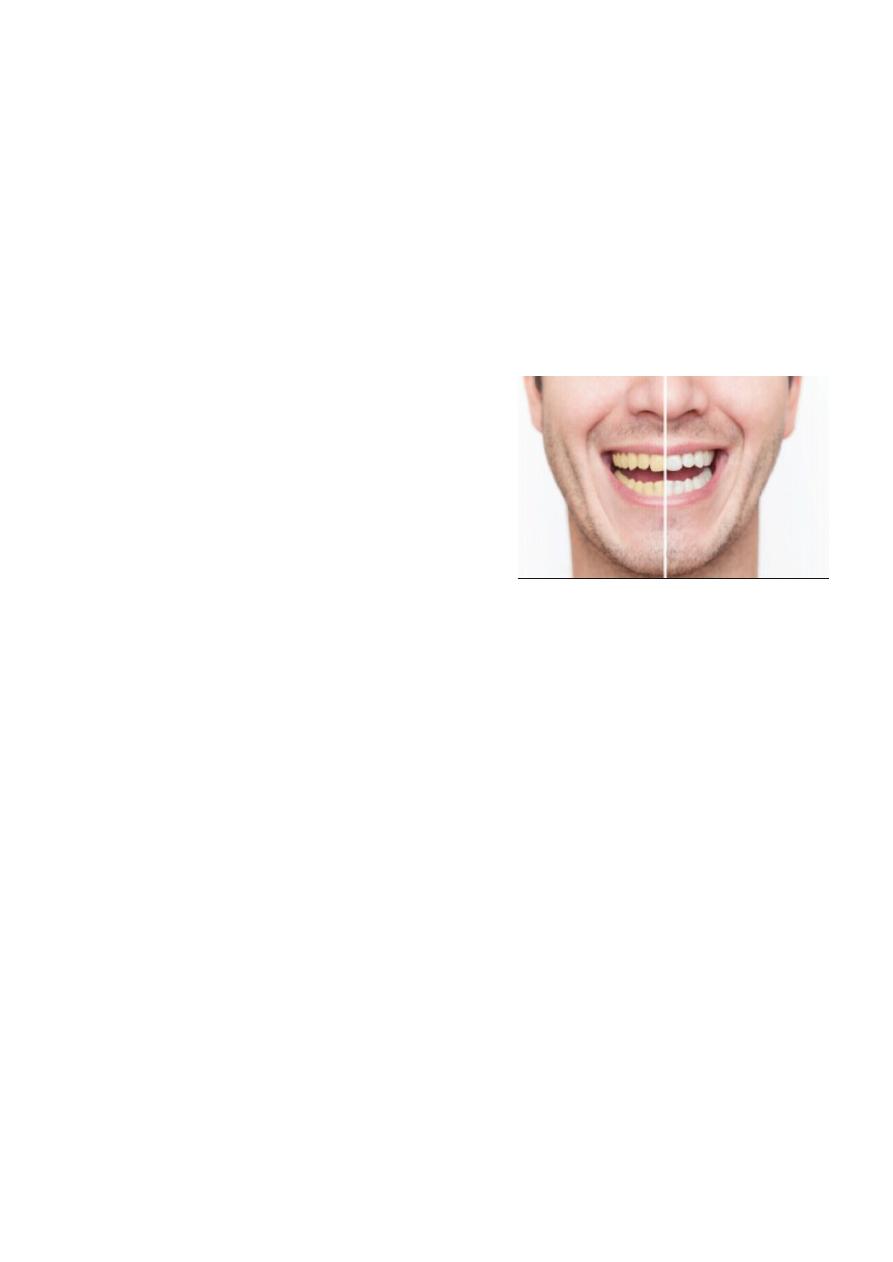
2.Chemical Biofilm Control
use of CHX by the dentist
•
applied CHX varnishes are more effective in
preventing dental caries. And due to their
local application, these varnishes do not
show the common SIDE EFFECTS of CHX
mouth rinses, such as:
Tooth discoloration,
alteration in taste perception
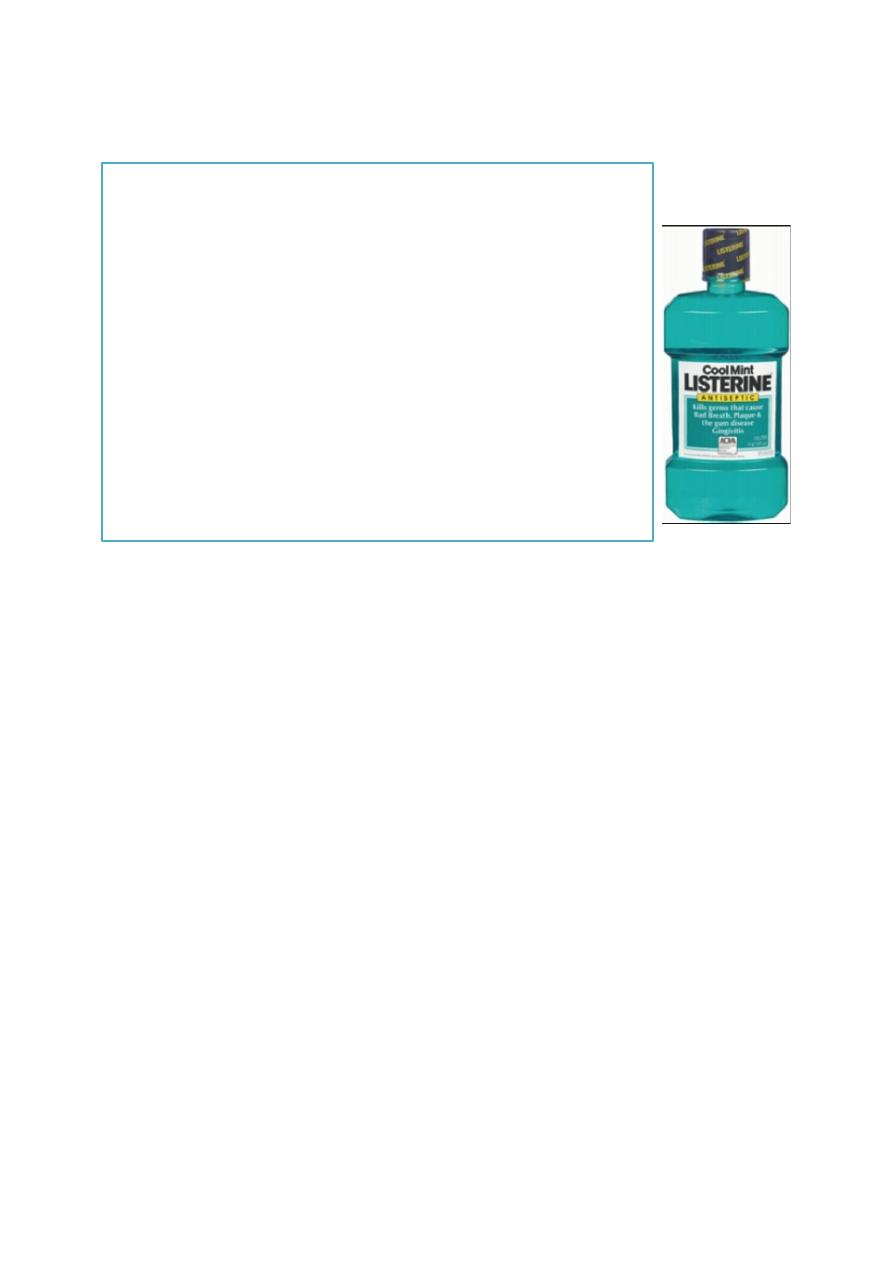
2.Chemical Biofilm Control
Essential Oil (Listerine)
•
Listerine is a hydro-alcohol solution
of thymol, menthol,eucalyptol, and
methyl silicate.
•
It is one of the oldest mouth rinses
and is highly popular, probably
because of its “disinfectant” taste
and its ability to dispel odors.
•
Plaque and gingivitis can be
reduced by the regular use of
listerine

Any
Any
chemotherapeutic
chemotherapeutic
approach
approach
should
should
be
be
:
:
1.
Reserved for patients with increased caries
risk and ongoing caries activity
2.
Restricted to a limited period
3.
Always accompanied by measures to
change the patient’s diet.

3.Biological Biofilm Control
•
Vaccination
•
Probiotic Therapy

Vaccination
Vaccination
Active And Passive Immunization.
•
Active immunization
: The administration of
single or combined bacterial antigens aims
to boost an active immunization against
S.mutans.
•
Passive immunization
aims to reduce
bacteria levels by regular oral administration
of antibodies against cariogenic bacteria
such as S. mutans.

Vaccination
Vaccination
•
While successfully tested in animal models,
clinical trials with humans showed
somewhat conflicting results.
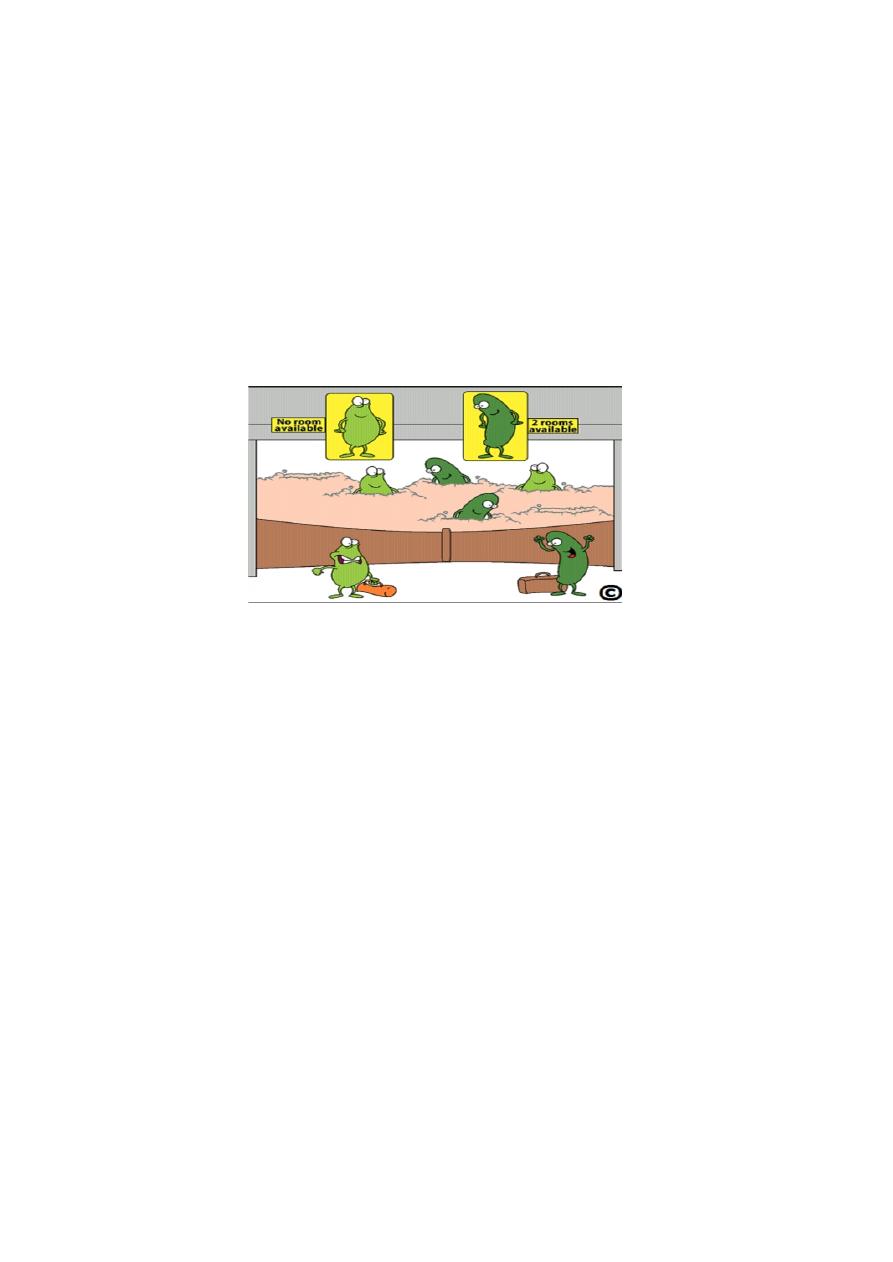
Probiotic
Probiotic
Therapy
Therapy
•
Probiotic approaches aim to prevent caries by
administration of non-cariogenic microorganisms
that have similar ecological roles to cariogenic
microorganisms like Streptococcus mutans, thus
promoting competition between the species and a
reduction of pathogenic bacteria.

Probiotic
Probiotic
Therapy
Therapy
•
It has been shown that long-term
consumption of fluoridated milk containing
probiotic Lactobacillus rhamnosus strain
reduced caries-associated factors (caries
risk)

Probiotic
Probiotic
Therapy
Therapy
•
Another probiotic approach is to administer
genetically modified S. mutans strains which
are only weakly acidogenic and compete
with cariogenic wild-type strains.
This concept has been proven in animal
models, but for safety reasons its efficacy in
humans has not been shown yet.

So far scientific data are too weak to support
these biological approaches for the daily
routine.

THANK YOU FOR
LISTENING
…..
